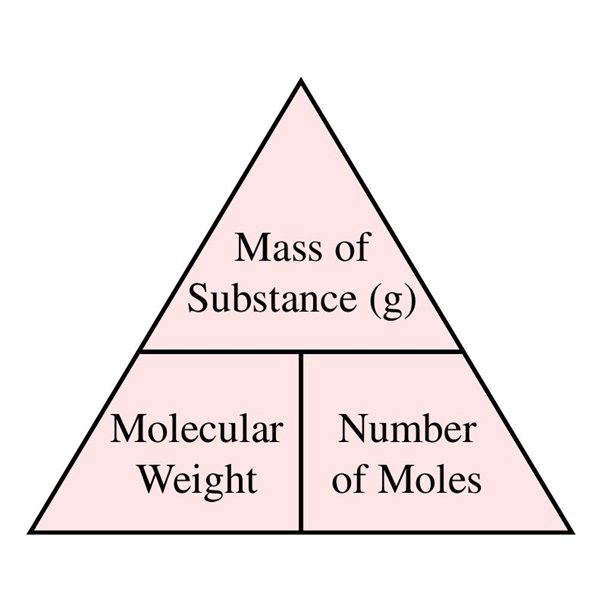We have learned that molarity is the existing relationship between different moles of a viable solute, as well as the volume of the solution. To calculate it, you need to begin with the volume of moles you have and then head to mass and, finally the volume. You can also use milliliters. Plugging the variables into a basic formula used in calculating molarity is one of the ways to get the right answer in the long run. In this article, we look at the significant methods for calculating molarity. We also highlight the basis of the molarity equation.
Understand The Basic Formula For Working Out The Molarity Formula
There is a basic formula for calculating the molarity formula. It is the total number of moles found in a solute divided by the solution of the volume. It is often expressed as molarity equals to the number of moles of a solute in liters, usually of a solution. For you to comprehend the basis of this equation, let us use an example problem:
If you have a solution of sodium chloride with 0.75 mol, in about 4 liters, then you should have something of this sort.
Moles= 0.75 of NaCI
Volume=4.2 L
Examine The Major Problem
Examine the impending issue. It is crucial to find the molarity of a solution. To achieve this, you need to have the right number of moles coupled with the existing number of liters. And if the problem therein provides each figure required, a preliminary calculation will not be required.
Let us use an example problem.
Moles-0.75 mol NaCI
Volume-4 L
The total molarity should be 0.75/4
Knowing The Basic Formula For Calculating Molarity
It is essential to understand the basis of calculating molarity. The expression focuses on the primary relationship between the total numbers of moles per liter found in a given solution. It may also focus on the volume of the solution. It can, therefore, be expressed as
Molarity equals the total number of moles found in a particular solute. Let us use this example problem to help you comprehend the nature of the calculation.
Example Problem
Find the molarity of a solution made using 3 grams of KMn04 into 5 liters of water.
3.0/5 liters
Here, finding the main problem implies that you use the number of moles coupled with the liter numbers. And if you do not have the right number of moles herein, but you have the mass volume of the solution, then you can easily calculate the total number of moles prior to continuing.
Let us use this example problem.
Mass- 3.2 g KMn04
Volume- 5.4L
Converting The Grams Into Moles
It is essential to learn how to convert grams into moles. Because you currently have the solute’s total mass, you should now multiply it with the total number of solute grams in a solution using a conversion factor. Here, we mean that a mole should be over the weight of the total solute. This will still provide you with the actual number of moles for the equitation.
Shall we use an example problem again?
Take a gram of solute, which is one molar of mass against 3.4 grams of moles. The gram units of your solute will cancel each other. Therefore, you will have mol units left.
In Closing
There it is, we have given you insight on how to calculate the total molarity of a product. Usually, it is not an involving task unless you do not have the actual total grams of different elements required in the entire process.
